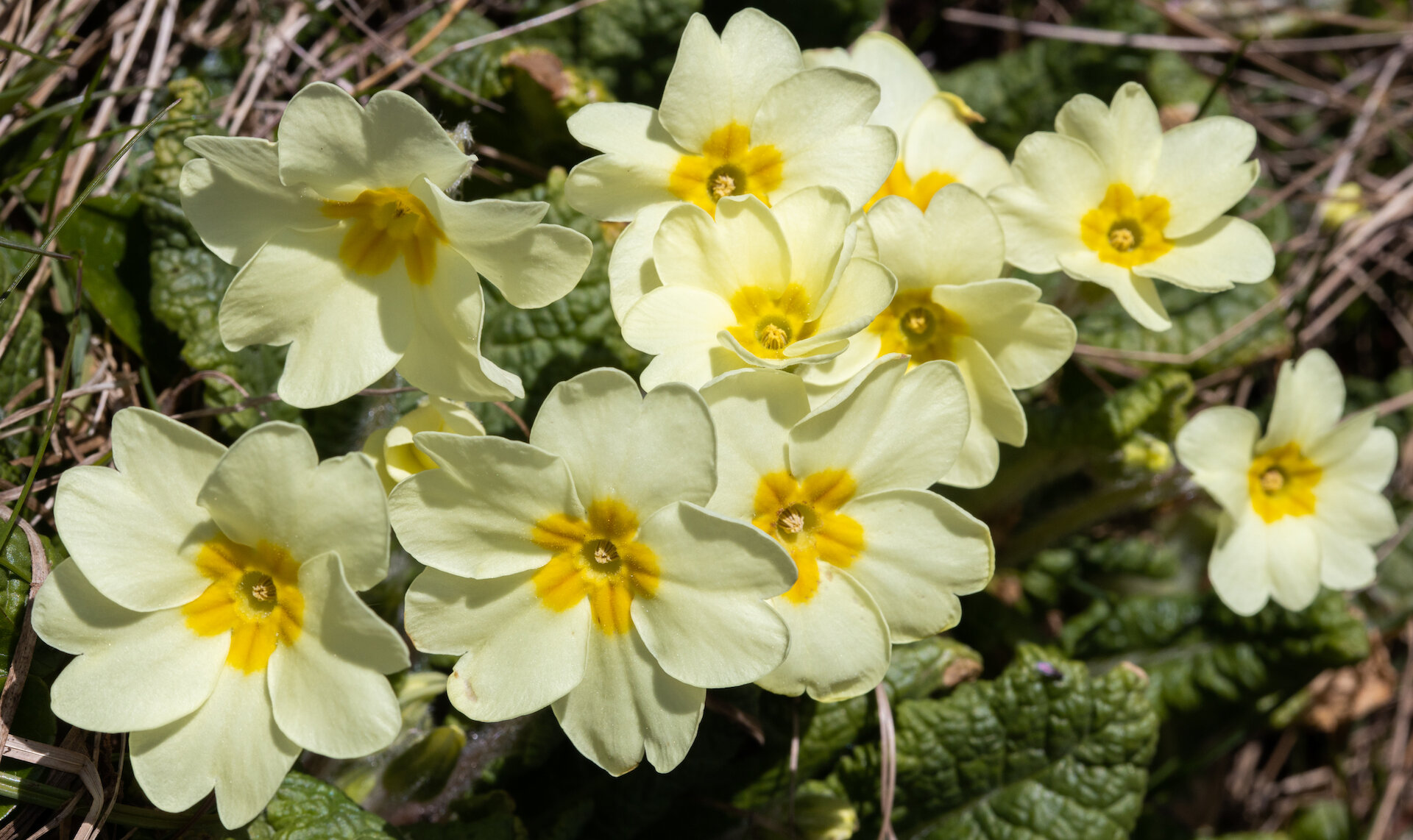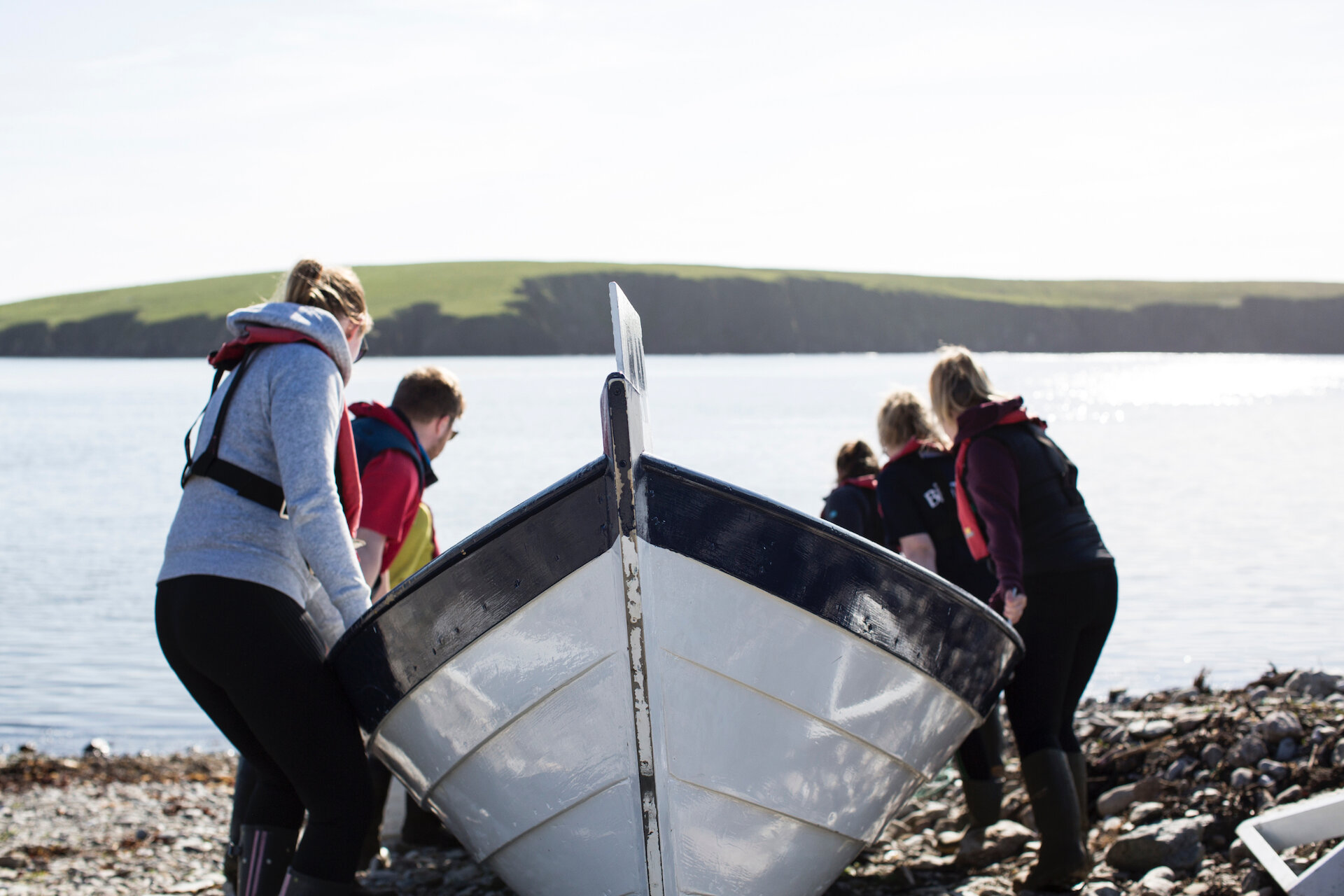In his poem The Fight of the Year, Roger McGough imagines a boxing match between spring and winter, where winter is beaten into submission after being relentlessly pummelled by spring’s flowers, lambs, tadpoles and general joyousness.
Here in Shetland, this annual boxing match is particularly dramatic. Winter’s seeming reluctance to throw in the towel (no matter how many head blows spring deals out) means that gales and sleety showers can persist until April and even May. Yet, in the end, spring inevitably triumphs, and the fact that its victory is so hard-won makes it doubly worthy of celebration.



